In December 1904, while riding a mule up the San Gabriel Mountains overlooking Pasadena, George Ellery Hale received a telephone call at a way station called Martin’s Camp. Trembling in anticipation, Hale learned that Carnegie Science would fund his proposed observatory on Mount Wilson, an investment that reshaped the history of astronomy.
From the revelation that the universe exists beyond our own galaxy and is expanding ever outward, to the discovery of dark energy, Carnegie Science astronomers have transformed humanity’s understanding of the cosmos—and it all started with Hale’s vision.
Seeking clearer skies than existed near his native Chicago, Hale petitioned the newly established Carnegie institution to finance his vision.
“The provision of a large endowment solely for scientific research seemed almost too good to be true,” Hale commented at the time, according to his biographer Helen Wright. “Knowing as I did the difficulties of obtaining money for this purpose and devoted as I was to research rather than teaching, I could appreciate some of the possibilities.”
Since its earliest days, Carnegie Science has sought to support trailblazing scientists like Hale with bold, creative approaches to tackling big questions and grand challenges. It is this same spirit that many of the biggest breakthroughs in Carnegie history were accomplished—from Barbara McClintock’s revelations about “jumping genes” to Vera Rubin’s confirmation of dark matter.
Hale was determined to push beyond the descriptive astronomy of earlier generations to understand the internal physics of the Sun and the stars. In 1908, he used an instrument of his own design called a spectroheliograph to discover that sunspots are regions of intense magnetic fields. This represented the first detection of a magnetic field beyond Earth’s.

George Ellery Hale at Echo Point atop Mount Wilson, surveying for his proposed observatory, which would be funded by Carnegie Science in December 1904. Credit: Carnegie Science/Huntington Library

Aerial view of Mount Wilson Observatory in 1932. Discoveries made at Mount Wilson Observatory transformed our understanding of the cosmos – and it all started with George Ellery Hale’s vision. Credit: Carnegie Science/Huntington Library
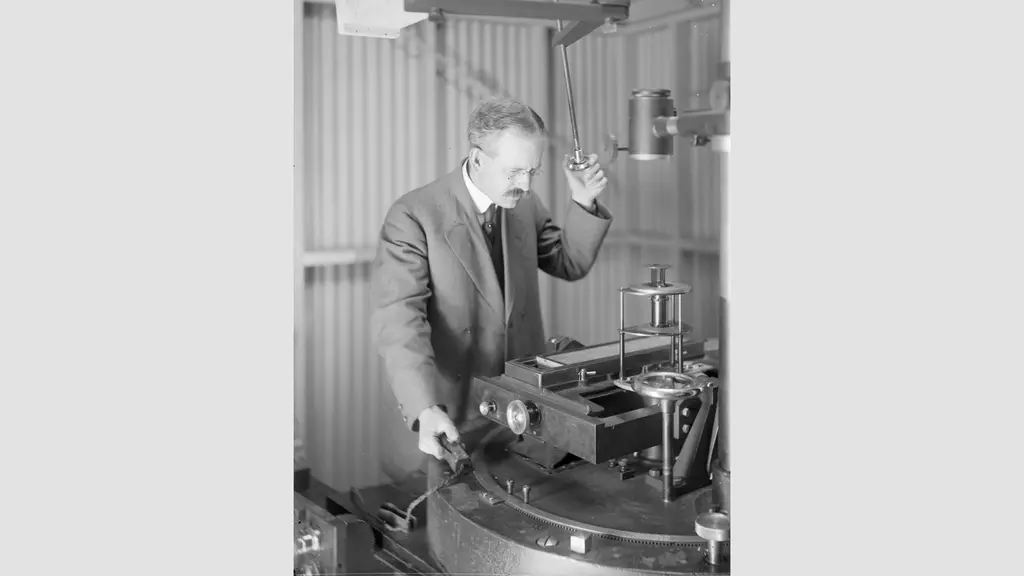
George Ellery Hale at the spectrograph of the 60-foot solar tower telescope at Mount Wilson Observatory, circa 1908. Hale was determined to push beyond the descriptive astronomy of earlier generations to understand the internal physics of the Sun and the stars. Credit: Carnegie Science/Huntington Library.
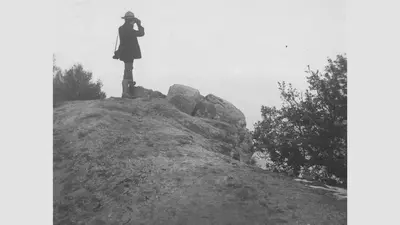
Echo Point
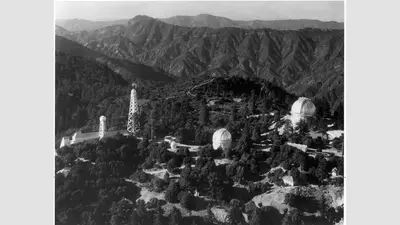
Mount Wilson Observatory
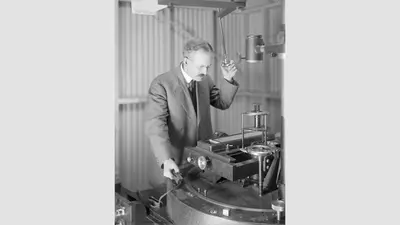
Spectrograph
However, despite his prolific contributions to solar science during his research heyday, Hale’s primary legacy is as a visionary builder of telescopes. Over the course of his life, Hale built the world’s largest telescope four times over—three of these instances at Carnegie Science.
“A laboratory or observatory like that of Mount Wilson, planned for the exploration of unfamiliar fields, can thus possess no fixed and standard equipment. Its mode of attack and its means of progress must grow with its work and develop with the disclosures of new unexpected possibilities,” Hale wrote in Ten Years Work of a Mountain Observatory, his account of the facility’s early years.
Fortunately for Hale, Andrew Carnegie’s generosity in funding astronomy paralleled his interest in the field. In 1910, Carnegie visited Pasadena, about which Hale wrote to the organization's president at the time, Robert Simpson Woodward: “We had a very pleasant visit and found Mr. Carnegie in the best of humor.”
When Andrew Carnegie donated his second $10 million to the institution, he made an additional $30,000 appropriation for Mount Wilson in support of Hale’s work.
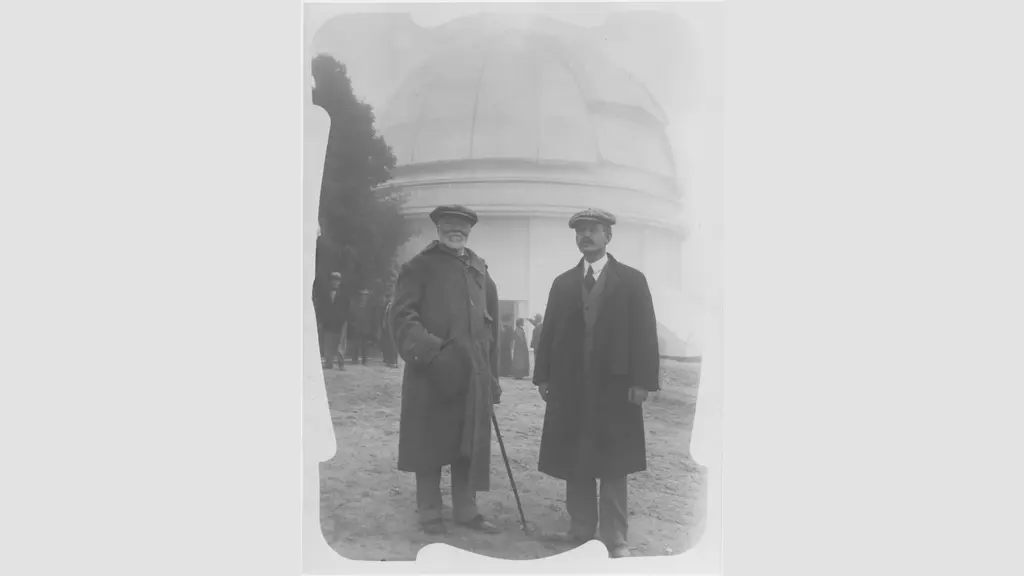
Andrew Carnegie and George Ellery Hale outside the 60-inch telescope dome during Carnegie’s 1910 visit to Mount Wilson Observatory. Fortunately for Hale, Andrew Carnegie’s generosity in funding astronomy paralleled his interest in the field. Credit: Carnegie Science/Huntington Library
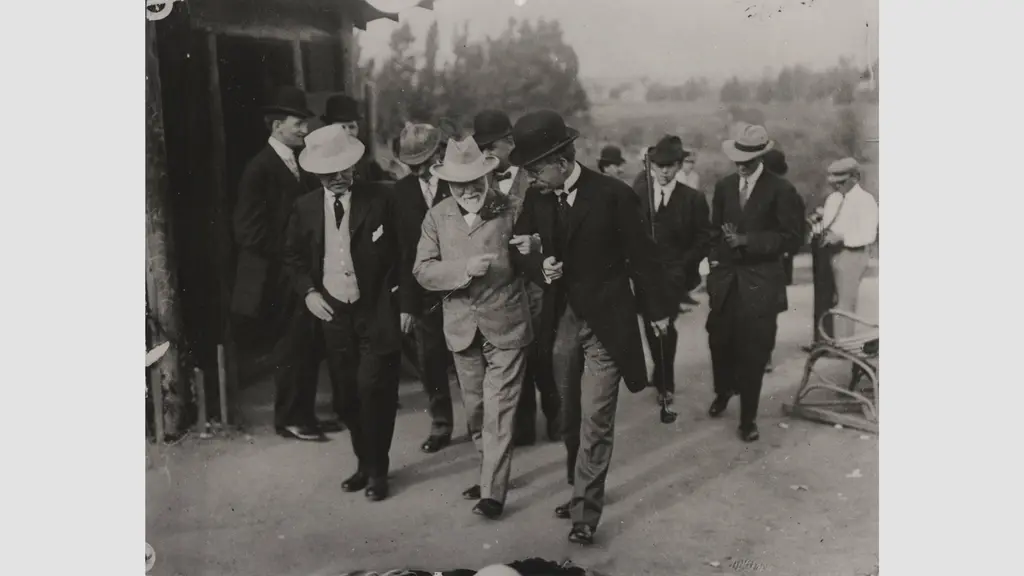
Andrew Carnegie and George Ellery Hale walk arm in arm during Carnegie’s 1910 visit to Mount Wilson Observatory. Hale would comment about the visit “We had a very pleasant visit and found Mr. Carnegie in the best of humor.” Credit: Carnegie Science/Huntington Library

Andrew Carnegie visits the machine shop at Mount Wilson Observatory's Pasadena laboratory on Santa Barbara Street in 1910. Also pictured left to right are Carnegie’s wife and daughter, Louise Whitfield Carnegie and Margaret Carnegie, and George Ellery Hale’s wife and daughter, Evelina Conklin Hale and Margaret Hale. Credit: Carnegie Science/Huntington Library
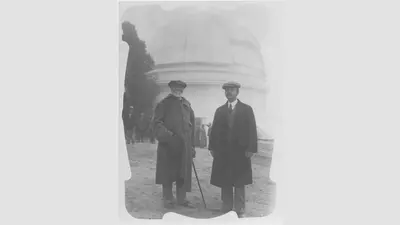
Carnegie and Hale

Arm in arm
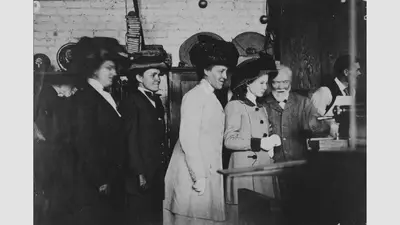
Machine Shop
Through Carnegie Science's sustained support of Mount Wilson Observatory and of Hale’s ever-expanding dreams of seeing further and with greater clarity, he designed and built the 60-inch telescope, which saw first light in 1908; and the 100-inch Hooker telescope, which saw first light in 1917; and the 200-inch telescope at Palomar Observatory, which saw first light in 1949, after his death, and was jointly operated by Carnegie and Caltech until 1980.
It is from Mount Wilson’s 60-inch that Harlow Shapley mapped the Milky Way’s globular cluster systems and found both its center and our Solar System’s position relative to it. Using the 100-inch telescope, legendary astronomer Edwin Hubble demonstrated the existence of the universe beyond our own Milky Way galaxy—a century ago last October—and went on to show that it was expanding. Later, in the darkness afforded by WWII blackouts in the Los Angeles area, Walter Baade made the observations that revolutionized our understanding of stellar populations and the life cycles of stars.
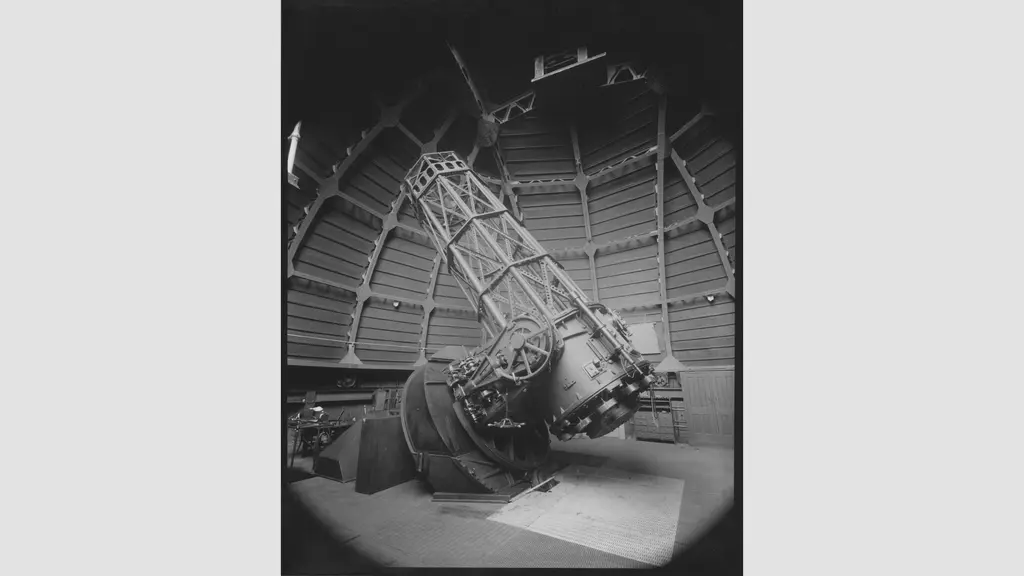
The 60-inch telescope at Mount Wilson Observatory, which saw first light in 1908. From the 60-inch, Harlow Shapley mapped the Milky Way’s globular cluster system and found both its center and our Solar System’s position relative to it. Credit: Carnegie Science/Huntington Library
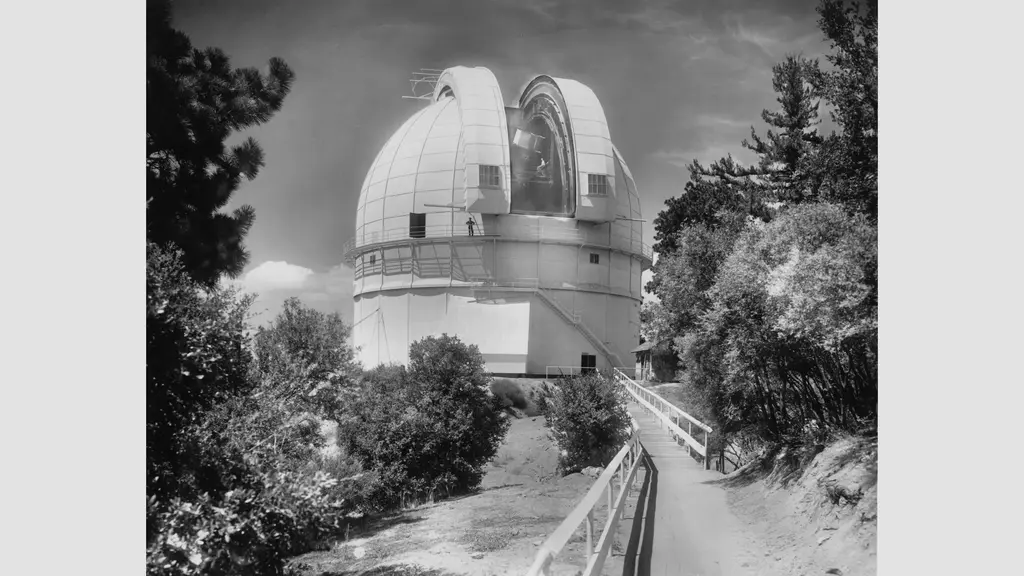
Observatory dome of the 100-inch Hooker telescope at Mount Wilson Observatory, which saw first light in 1917. Legendary astronomer Edwin Hubble used the 100-inch telescope to demonstrate the existence of the universe beyond our own Milky Way galaxy and that the universe is expanding. Credit: Carnegie Science/Huntington Library
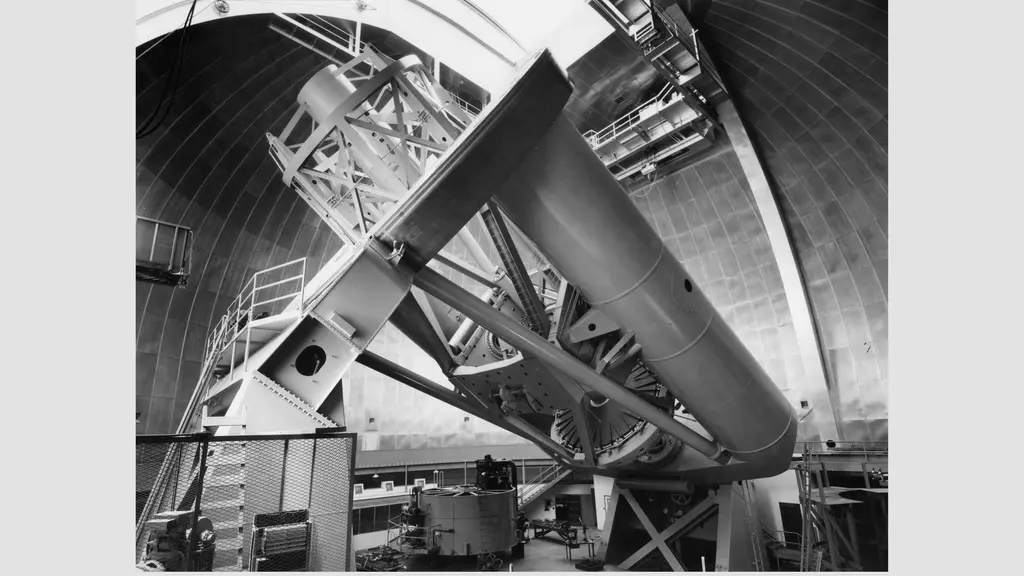
200-inch Hale telescope at Palomar Observatory, which saw first light in 1949 and was jointly operated by Carnegie and Caltech until 1980. Credit: Caltech Archives
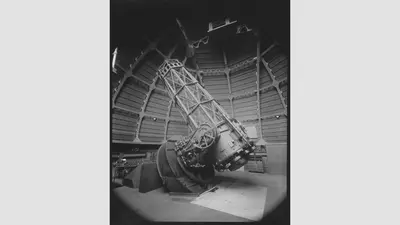
60-inch telescope
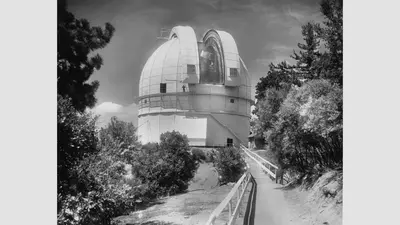
100-inch Hooker telescope
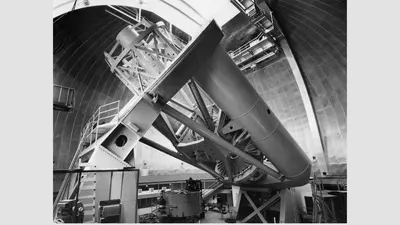
200-inch Hale Telescope
Hale’s influence extended beyond Carnegie and Mount Wilson. He injected new life into the National Academy of Sciences that was first established by President Abraham Lincoln at the height of the Civil War. He also played a foundational role in the creation of the American Astronomical Society prior to his arrival at Carnegie.
Hale was also a driving force behind Caltech’s transformation from Throop Polytechnic Institution to the world-class institution it is today. He was also a major force in establishing Pasadena’s reputation as a center of cultural and scientific excellence, encouraging his friend Henry Huntington to establish the Library, Art Museum, and Botanical gardens that bear his name.
Hale “exerted a powerful influence in obtaining for the city of Pasadena a magnificent group of coordinated municipal buildings, including a city hall, library, and civic auditorium” through his role as a member of a planning commission, Wright wrote in her biography, Explorer of the Universe.

Arthur A. Noyes, George Ellery Hale, and Robert Millikan at the California Institute of Technology, Pasadena. Hale was a driving force behind Caltech’s transformation from Throop Polytechnic Institution to the world-class institution it is today. Credit: Carnegie Science/Huntington Library
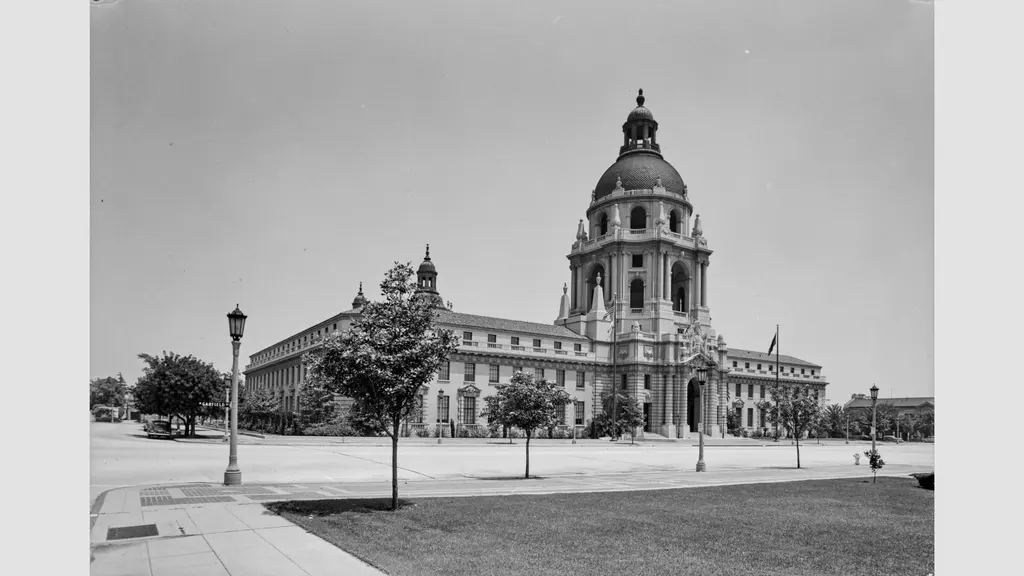
The Pasadena City Hall building in Pasadena, California. George Ellery Hale was influential in the construction of Pasadena’s magnificent civic auditorium, library, and city hall. Credit: Ernest Marquez Collection, Huntington Library
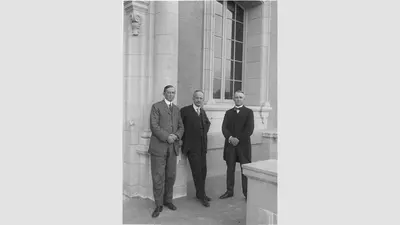
Caltech
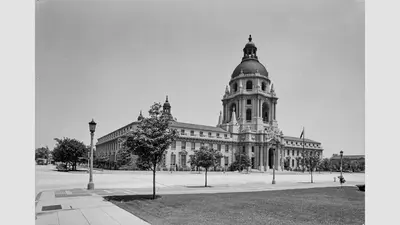
Pasadena City Hall
“It’s almost impossible to imagine what Pasadena and what Carnegie Science would be like without the boundary pushing ideas that Hale laid forth over the course of his career,” said Observatories Director John Mulchaey. “From the new understanding of the Sun that his own work advanced to the groundbreaking science that was accomplished thanks to his tireless efforts at telescope building, to his advocacy for the city as a center of learning and sophistication, Hale’s influence is enormous.”
As light pollution in Los Angeles increasingly hindered scientific observing, Carnegie established Las Campanas Observatory in Chile with a view of the Magellanic Clouds and the center of the Milky Way. It is from this new home that Carnegie’s tradition of building bigger and better telescopes continues with the construction of the Giant Magellan Telescope, which is poised to provide insights into some of humanity's biggest questions and ring in a renaissance of ground-based astronomy.

Las Campanas Observatory in Chile, established in 1969 by Carnegie Science as light pollution in Los Angeles increasingly hindered scientific observing there. Credit: Carnegie Science
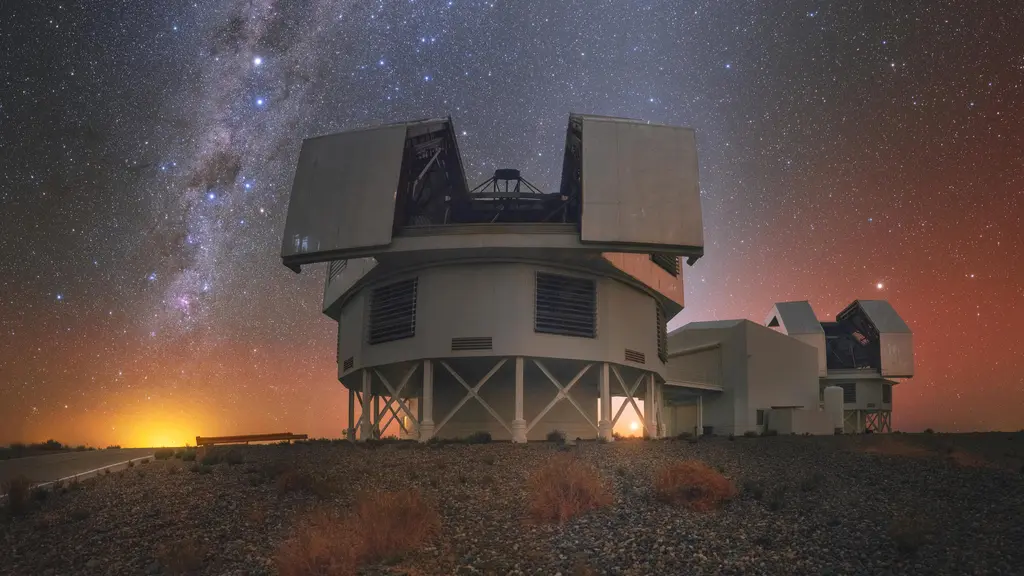
Carnegie Science’s 6.5-meter Magellan telescopes at Las Campanas Observatory in Chile with a view of the Magellanic Clouds and the center of the Milky Way. Credit: Yuri Beletsky/Carnegie Science
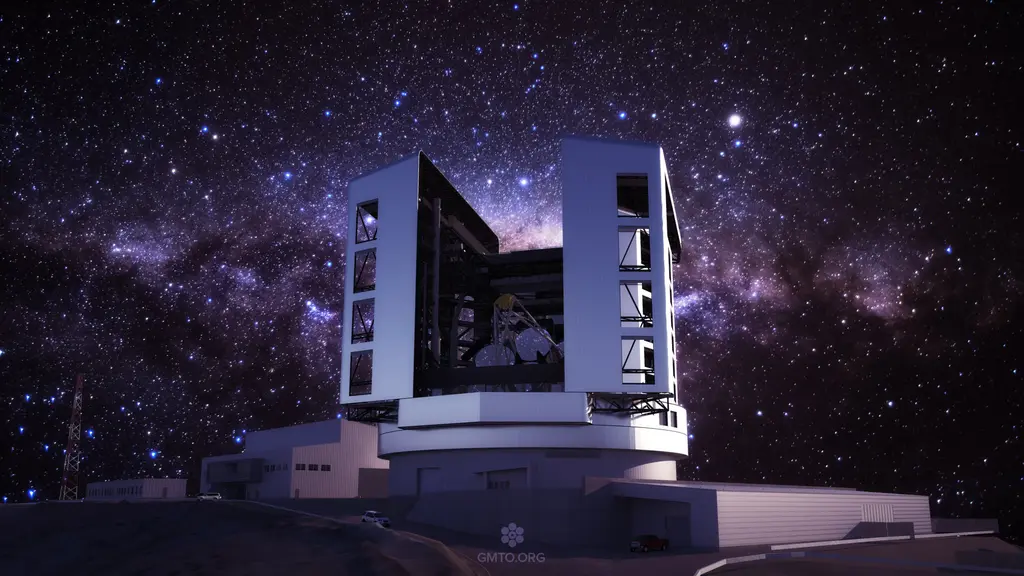
Rendering of the Giant Magellan Telescope, which is currently under construction at Carnegie Science’s Las Campanas Observatory and which continues Carnegie’s tradition of building bigger and better telescopes. Credit: Giant Magellan Telescope – GMTO Corporation
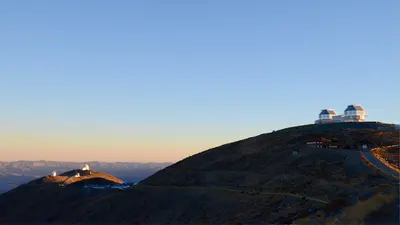
Las Campanas Obervatory.png

Magellan Telescopes
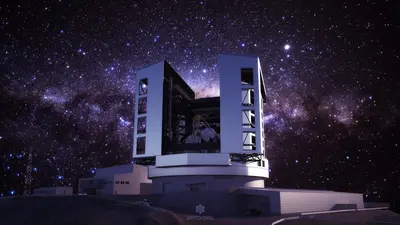
Giant Magellan Telescope
